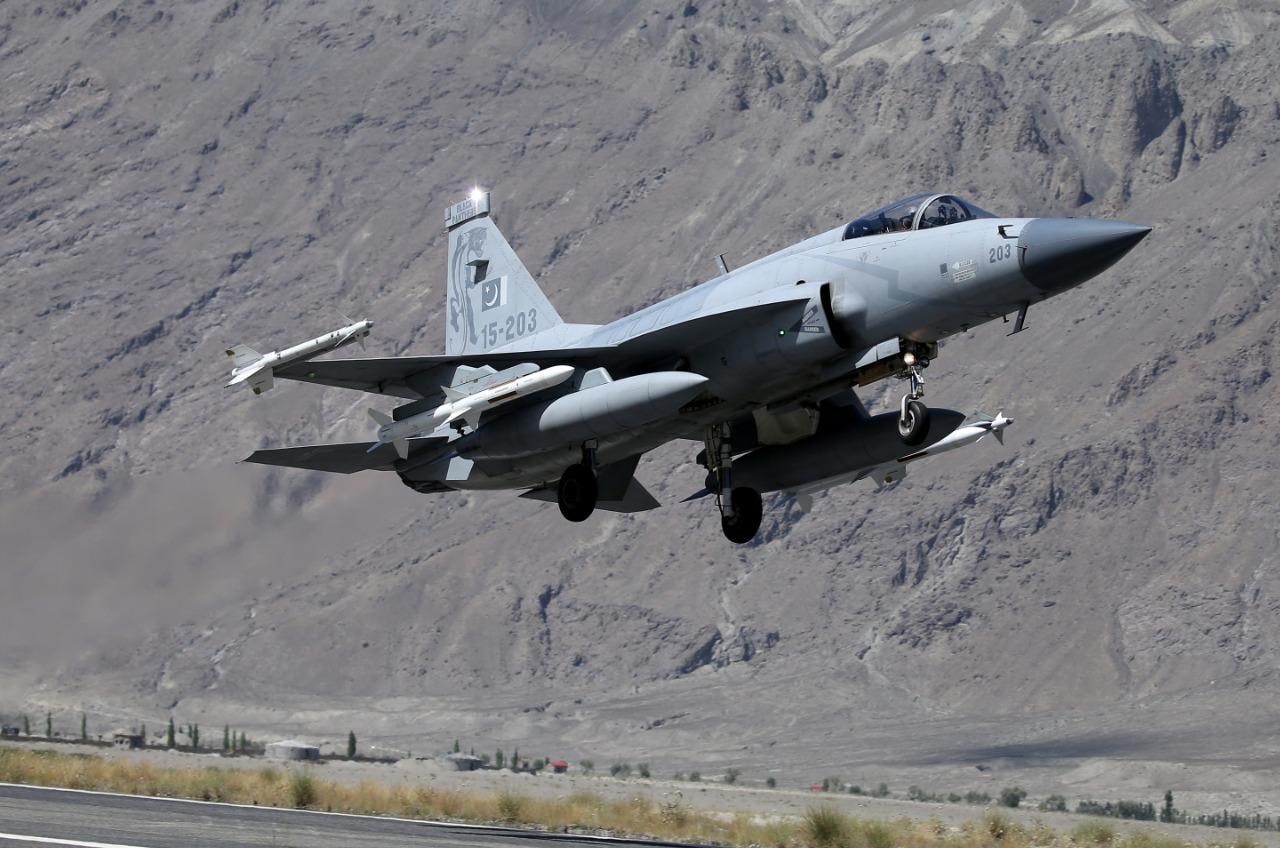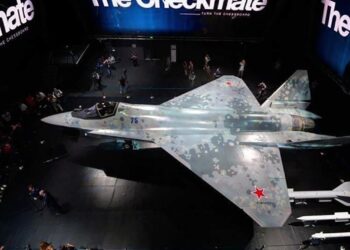By Fernando Valduga
Russian state-owned United Engine Corporation (UEC) is developing upgraded RD-93MA engines for Pakistan’s JF-17 fighters. UEC controls the development and manufacture of all engines for military, civil and space use in Russia and for Russian exports.
The RD-93MA was developed especially to power single-engine fighters. It is an upgrade of the RD-93 engine that currently powers the Sino-Pakistani PAC JF-17 / Chengdu FC-1 fighter.
In a press release on its website on Wednesday, UEC said the RD-93MA engine had been shipped from St. Petersburg to Moscow for thermal pressure chamber testing at the Central Engine Aviation Institute (TsIAM). Pressure chamber tests at CIAM are expected to subject the RD-93MA engine to simulated heat and altitude conditions that the engine would experience in real flight.
The UEC press release states: “The RD-93MA engine has improved performance. In particular, improved thermodynamic parameters, an improved design of the fan and the hot part, an updated automatic engine control system … An additional emergency engine start mode was provided … and the possibility of an emergency fuel drain was realized. All of this is due to the specificities associated with the possible use of the engine in a single-engine aircraft… ”
The reference to be used in single-engine planes has given rise to speculation that the new engine is intended for the JF-17 fighter. This is because Russia has no single-engine fighter project currently active.
Upon successful completion of the thermal camera test, the next phase will begin for flight design tests. Several tests in the large TsIAM thermal pressure chamber will be carried out as part of the experimental design test on the RD-93MA, said a UEC statement.
During tests, the engine will simulate actual flight conditions for further testing with the BARK-93MA, the automatic engine control system, designed and manufactured at UEC-Klimov.
These new engine systems will supply power to the JF-17 Block III jets.
According to reports, the RD-93MA engine can produce a maximum thrust of 9,300 kgf (kilogram-force). The RD-93MA would have a significantly greater thrust than the existing RD-93 engine used in Pakistan’s JF-17 fighter, which can produce a maximum thrust of 8,300kgf, according to the UEC.
Having a new mechanism offers advantages in addition to increasing thrust in combat situations. In December, Chinese state media confirmed that the most recent version of JF-17, dubbed Block 3 of JF-17, had made its maiden flight. The updated fighter will feature new electronically scanned radar and other electronic systems, all of which require higher power requirements than can be met by the existing engine.
Pakistan has already built more than 100 JF-17 fighters for its air force and authorities have indicated that 62 JF-17 Block 3 fighters will be ordered by 2024.
In 2015, Jane’s website reported that Pakistan would continue to use Russian engines for the JF-17, even though China was developing an alternative engine. “We are completely satisfied with this Russian-made engine,” said an official Pakistani aeronautical complex. Pakistani authorities claimed that “switching to another mechanism
would make no sense and would be disruptive and cause huge expense for the JF-17 program”.
Interestingly, the RD-93 has a connection to India. The RD-93 is developed from the RD-33 engine that powers the MiG-29UPG fighters of the Indian Air Force and the MiG-29K jets of the Indian Navy. India operates more than 60 MiG-29UPG jets and about 40 MiG-29K fighters. The government recently authorized the purchase of 21 MiG-29 fighters for the Indian Air Force.
Despite repeated Indian protests over the past two decades, Russia has continued to supply the RD-93 to China and Pakistan.






